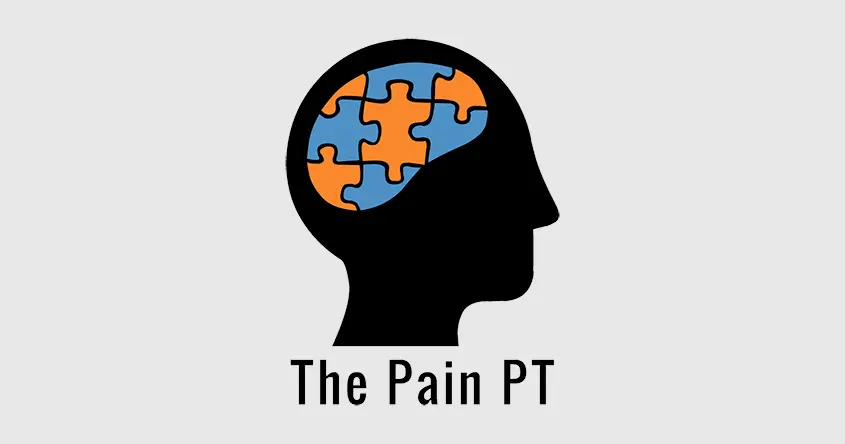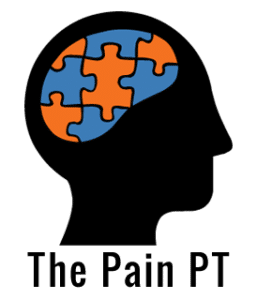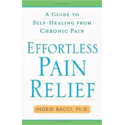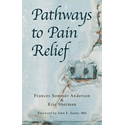Attachment Style > Emotional Difficulties > Somatic Symptoms

Wanted to share a 2020 research paper that studied the effect of attachment style in relation to emotional processing skills and subsequently somatic symptoms. Attachment style/theory was put forth by Dr. John Bowlby in the 1950’s and has been studied fairly extensively since then. Attachment style is related to the bond between the child and his or her parents. How much or how little support, love, and nuturing the child receives from parents shapes one attachment style.
This paper highlighted how insecure attachment styles (anxious and avoidant) were related to emotional awareness and processing difficulties and subsequently related to the presence of somatic symptoms. The authors state “insecure attachment may play a role in emotion regulation problems, and these problems may have negative outcomes for physical and psychological health. In other words, emotion regulation problems or other sorts of dysfunctional emotion regulation can potentially play a mediating role in the relationship between attachment types and health‐related problems.”
Out of the two insecure styles, the anxious attachment style was most significantly related to the presence of somatic symptoms in the body. “We found that when the dominant attachment style in individuals was anxiety based, it could be possible that they experience deficiency in the processing of emotion and more severe somatic symptoms.” On the other hand, the secure attachment style “could be considered as a protective factor against deficits in emotional processing and somatization of negative emotions”.
In the 200 plus people in the study, the researchers “showed that the weakness in emotional processing had a significant effect on the severity of somatic symptoms. In agreement with the findings of this study, numerous studies emphasize the deficit of emotional systems in somatic symptom disorder. In addition, the results showed that the significant relationship between attachment styles and emotional processing had direct and indirect effects on the severity of somatic symptoms experienced by individuals, which is consistent with previous studies.”






